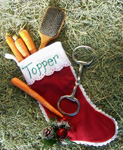There’s more to love when it comes to riding less, at least for these four adults who ride ponies.
I’m one such adult. Eight years after a bad accident left me with a lot of fear, I wanted to get back into riding. But riding a large horse terrified me. I started out with a 14.1-hand Fjord mare, then moved on to an even smaller horse, a 13.2-hand Gypsy named Merida (read all about our journey here).
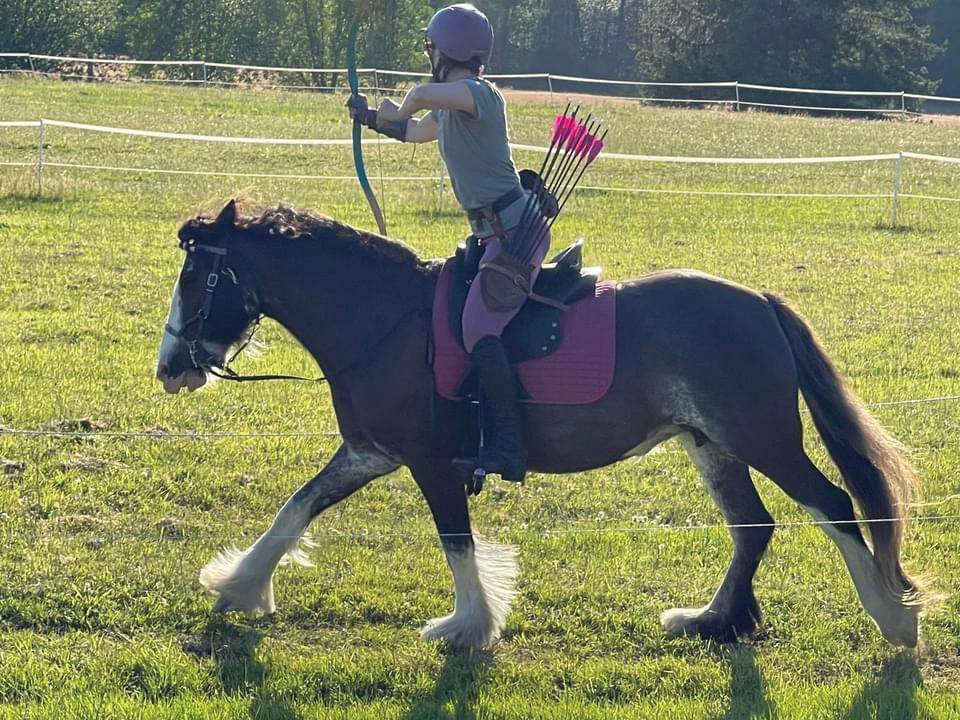
Now I’m closer to the ground should I fall, and her physical size doesn’t reflect her large heart or athleticism. Initially, I felt a bit weird standing next to my friends and their bigger horses. I wondered if there were other adults, like me, who preferred riding ponies.
I found many adults, in fact, love the advantages of owning and riding a 14.2-hands-or-smaller equine. There are even Facebook groups, like Adults Who Love Their Minis/Ponies and Pony-Owning Adult Support Group, both of which are dedicated to those of us who love horses that are short on height but tall in talent.
Carli McKelvey and Paddy
Carli’s love is a 13.1 hand Connemara gelding named New Heart’s Patriot (aka “Paddy”). Having ridden since high school, she used to research as many different breeds as she could.
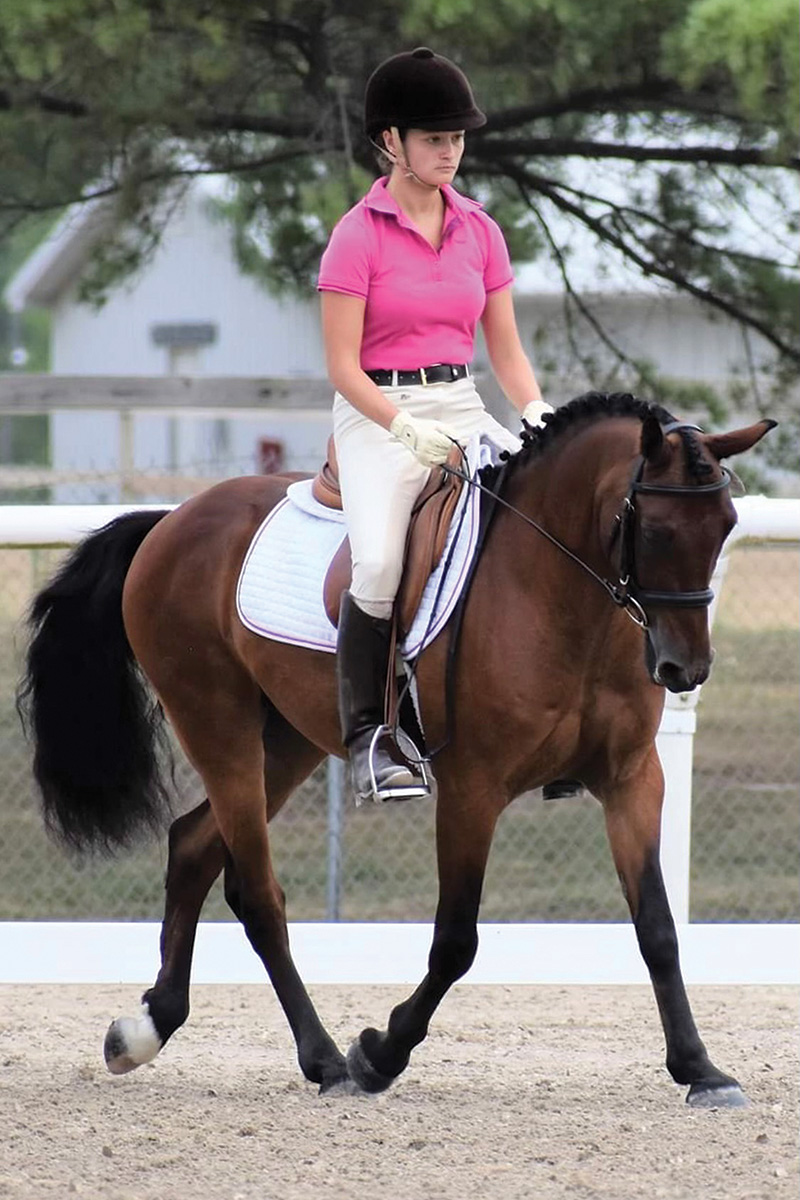
“At some point I read about Connemaras, and really fell for the competitive types,” she says. “They were talented athletes with stout bodies and fun personalities.”
Paddy had an uneven start to life. He was left a stud and ended up living alone in a round pen until he was 7 years old. He had a run-in with some barbed wire at one point, which caused an occlusion on his left eye and scarring on his topline.
He received a little bit of training, but wasn’t the type of horse just anyone could ride. In 2016, he crossed paths with McKelvey, but she wasn’t in a position to take on a project horse at that time. But when their paths crossed again three years later, she took him on.
Now McKelvey is pursuing her dressage dreams, and Paddy is excelling. She doesn’t find his height to be a disadvantage in this sport.
“He is quite nice, and I’ve been told that he is FEI quality,” she says. “His dam’s sire, Ballywhim An Luan, was an FEI-competitive pony. Some Connemaras are carefully bred for sport, and this pony happens to be one of them.
“I love that he is small but mighty,” continues McKelvey. “While 13 hands, he has the 12-foot stride of a larger horse. He’s also pretty stout, with large, flat knees, good bone on his cannons, and large feet. He’s just in a small package, perfect for an adult like me returning to riding. I’m living my little-girl pony riding dreams, while also considering where my 6-year-old daughter might take him in the future, like Pony Club (although Pony Club includes horses and ponies of all sizes), FEI Pony dressage classes, and Pony Finals.”
Diana Harris and Skuggi
Diana Harris, who has been riding since 2001, visited a friend who was working at an Icelandic horse farm in 2005. It was the first time she had seen the breed, and she was smitten.
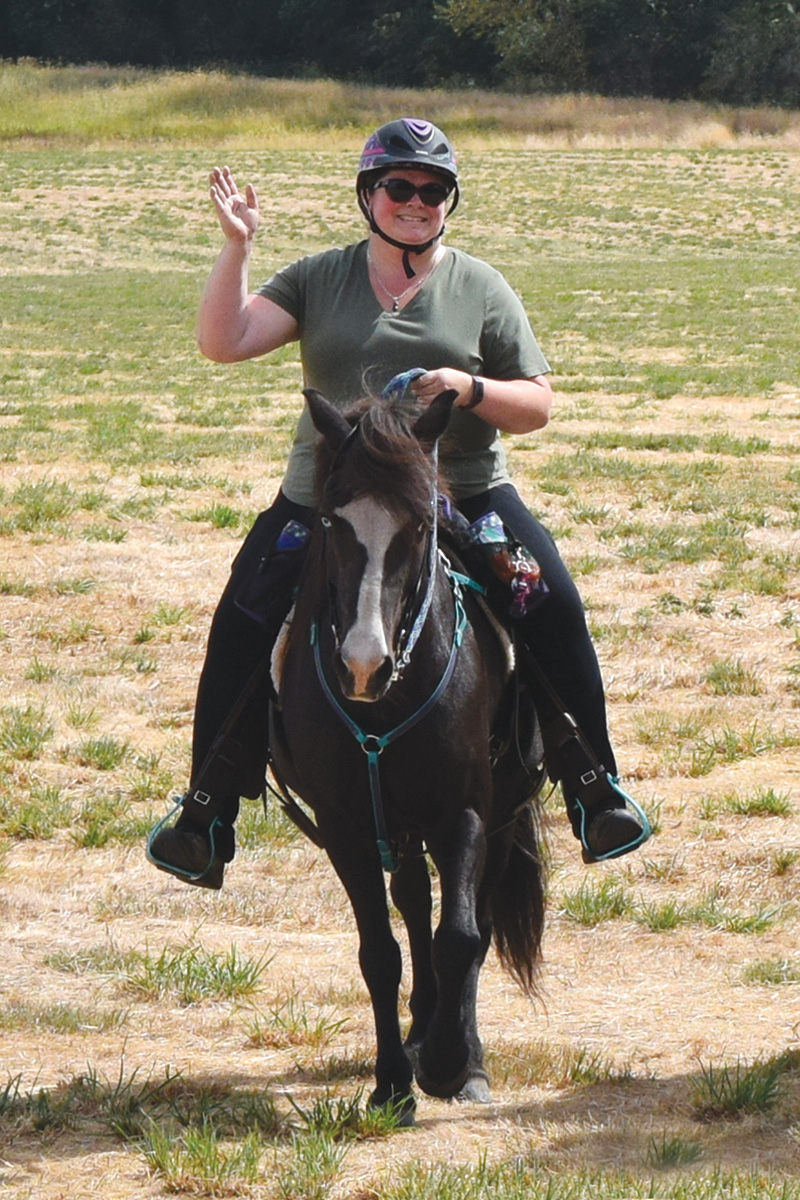
“They are truly a fantastic breed and offer the whole package,” she says. “They’re strong, versatile and sociable. They’re also a gaited breed, which means they’re extremely smooth to ride. They are often referred to as the Ferraris of the horse world.”
Harris met Skuggi when he was just 8 months old and purchased him when he was 2. Since then, the two have had many adventures out on the trail as well as in working equitation. Skuggi matured to 13.2 hands.
“I couldn’t ask for a better trail partner,” she says. “His size is great for all of the obstacles we come across. I went for a New Year’s Day trail ride with two of my best friends, and we had to go over, around and even under at least 15 downed trees. We were able to go under one that my friends had to find another way around, as their horses would were too tall. I call Skuggi my sub-compact, four-wheel-drive mountain goat!”
You may wonder if he falls behind on the trail, being shorter in stature.
“It’s actually the other way around,” Harris laughs. “I always have to stop and wait for everyone to catch up with us.”
She found that for working equitation, Skuggi’s size was not a disadvantage, but an advantage. “Some of the obstacles during the ‘ease of handling’ phase have tight spacing, and I feel having a smaller mount gives me a slight advantage in maneuvering around them.”
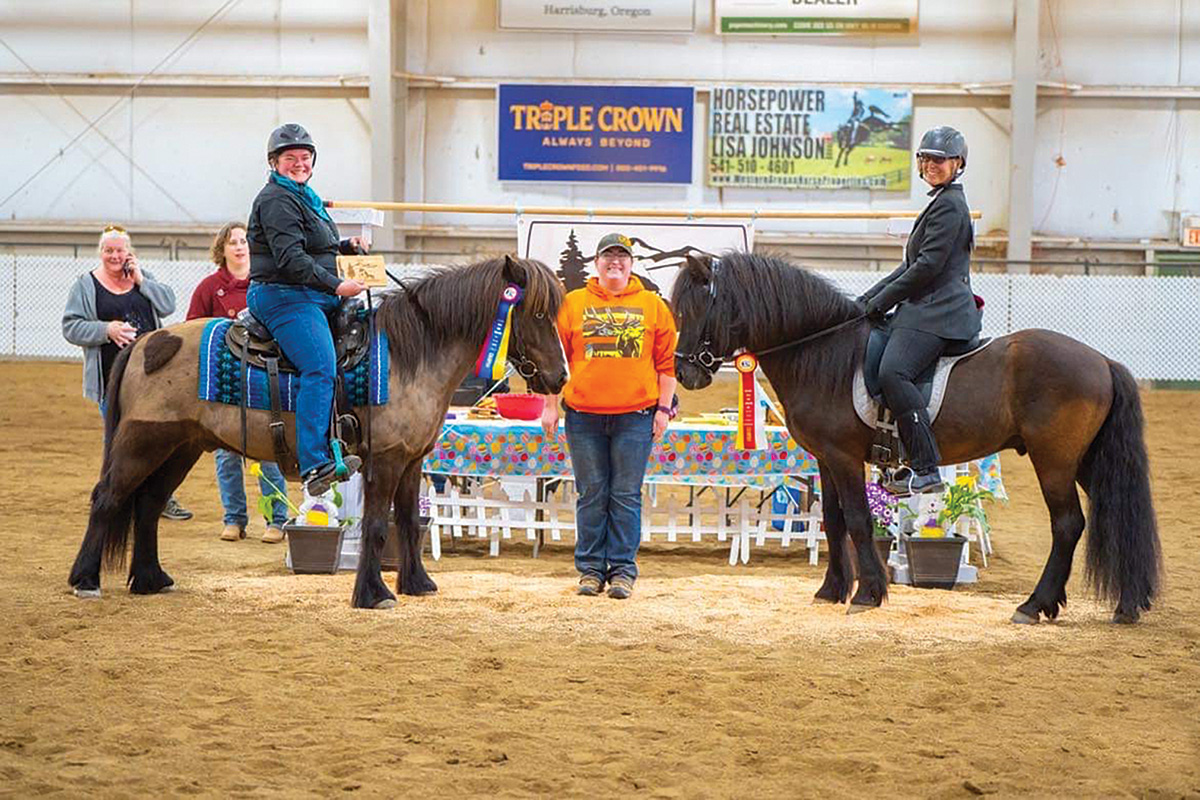
Cheyanne Fisch and Tony
Tony, a 12-hand grade gelding, was a gift to Cheyanne Fisch, who has been riding her entire life.
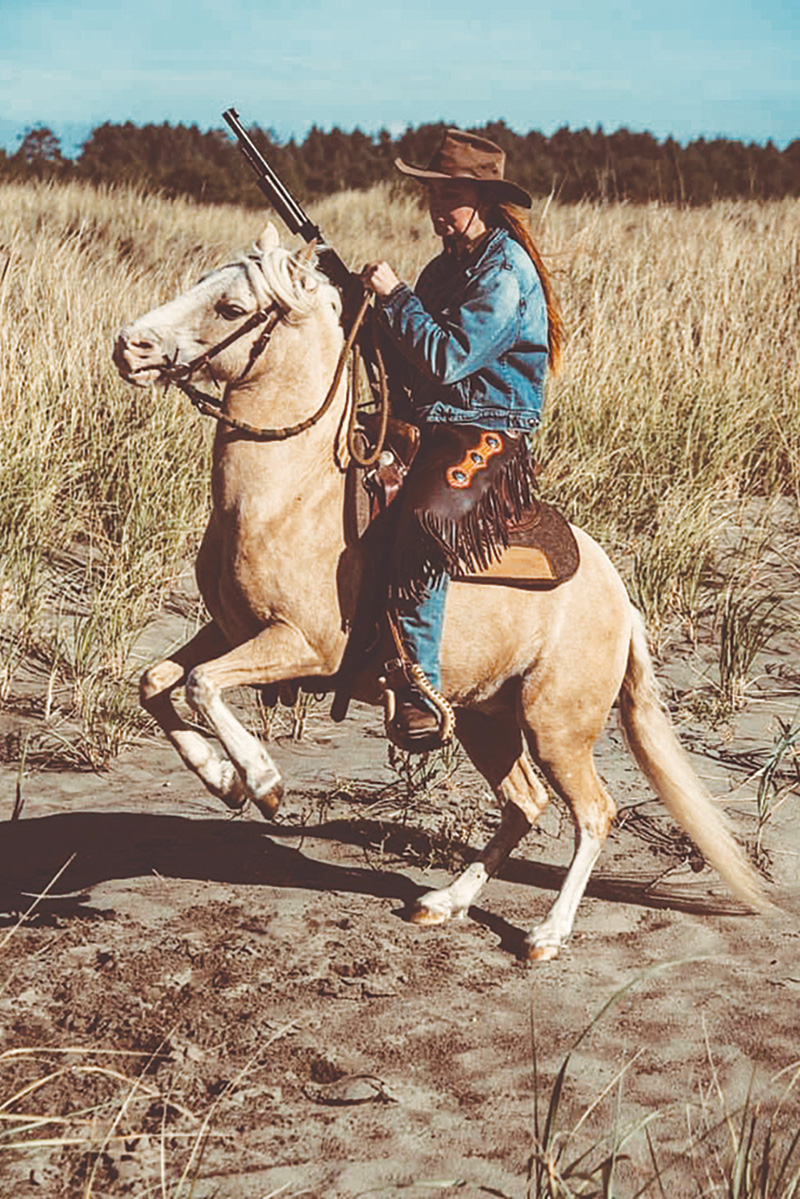
“Tony changed my whole mindset on the size aspect,” she says. “I never really wanted a pony, as I love the giants, but Tony grabbed a hold of my heart and showed me what ponies are capable of doing.”
She says the thing she loves most about his size has to do with grooming: It takes half the time to groom him as it does the big horses, and half as much product.
“In the beginning, his size did bother me,” Fisch admits. “I was self-conscious about going to shows or even riding in front of others, like adults shouldn’t ride ponies, but after going to our first show and hearing all the kind words, his size stopped affecting my thoughts. Now I don’t think too much about it.”
Tony has tons of heart and is always out front when it comes to trail riding, leading the other horses, even out-walking the bigger equines. Together, the pair do almost everything under the sun, including schooling shows, jumping, cattle sorting, gaming, International Mountain Trail Challenge Association competitions, mounted archery, mounted shooting and tricks.
“I just absolutely love his try—despite his size,” she says. “We may be small, but we are mighty.”
Follow their journey at Facebook.com/TheLittlePonyTony.
Give it a Try
Wanting a smaller equine—whether a true pony breed like a Welsh, or just a small individual from a horse breed like the Arabian—can be a matter of preference. But there are also a lot of people that have ponies because they are smaller to handle and closer to the ground should you fall.
Having a smaller equine to share with young kids or grandchildren is another benefit that draws many adults to ponies. Whatever the reason, adults riding ponies have learned the secret that great things often come in small packages.
This article about adults riding ponies appeared in the May 2023 issue of Horse Illustrated magazine. Click here to subscribe!




